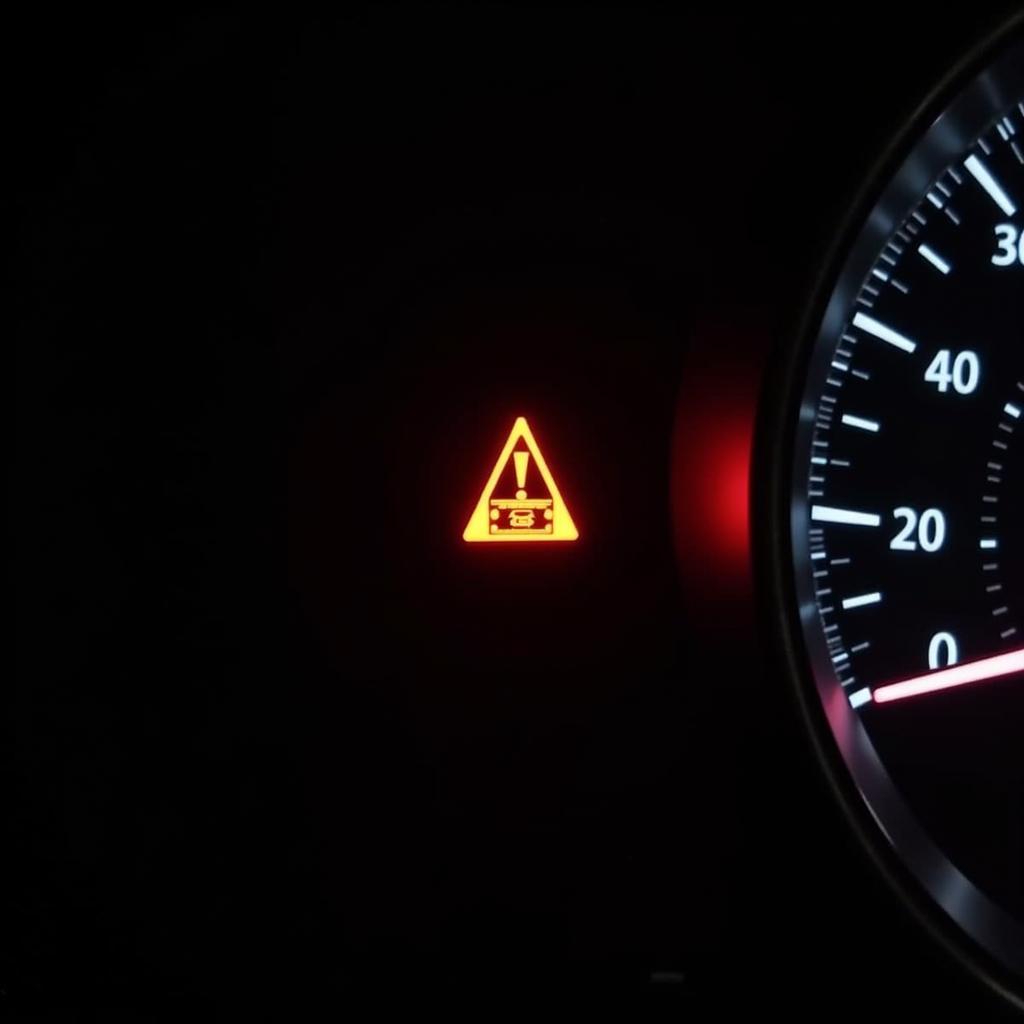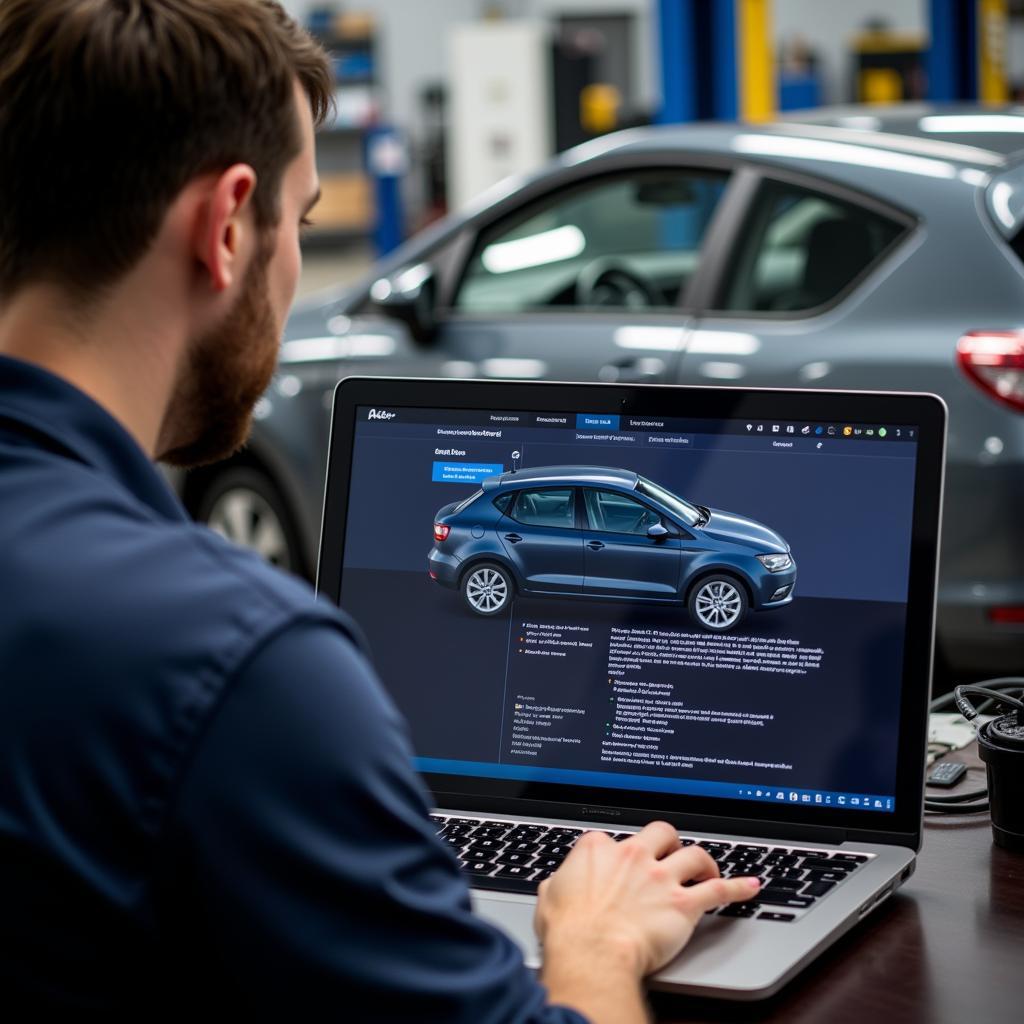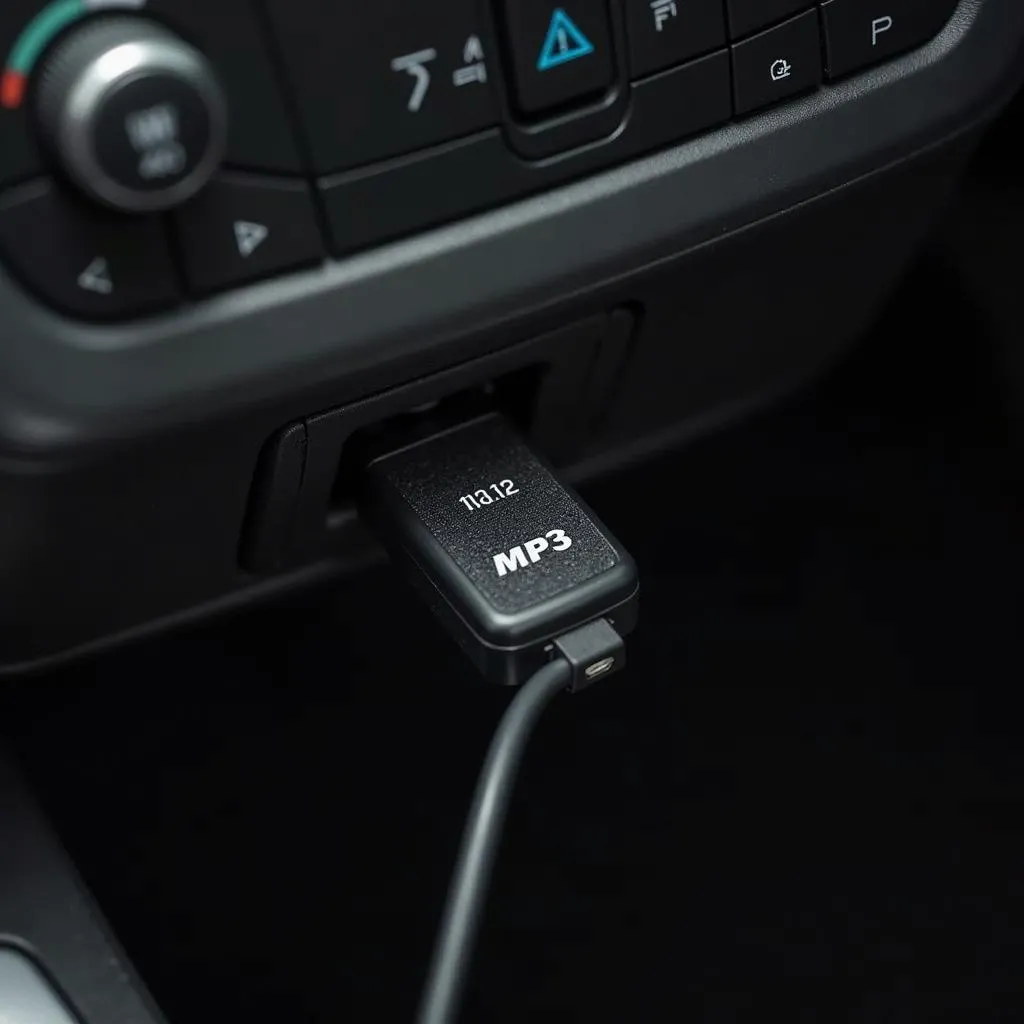The dreaded orange glow of the “emission control system” warning light on your Seat Altea’s dashboard can trigger a wave of panic. But don’t worry, it’s a common issue, and understanding its potential causes can empower you to take the right steps towards resolution.
This comprehensive guide will delve into the intricacies of the emission control system warning light, specifically for Seat Altea models, and provide you with practical insights to address this common concern.
What Does the Emission Control System Do?
Before we jump into the specifics of the warning light, it’s crucial to understand the function of the emission control system itself. This complex network of components works tirelessly to minimize your Seat Altea’s environmental impact by reducing harmful pollutants released from the engine.
The system comprises various components, including:
- Oxygen Sensors: These sensors monitor the oxygen content in the exhaust gases, providing crucial data to the engine control unit (ECU) for optimal air-fuel mixture adjustments.
- Catalytic Converter: This component acts as a filter, converting harmful pollutants in the exhaust gases into less harmful substances.
- Evaporative Emission Control System (EVAP): This system prevents fuel vapors from escaping into the atmosphere by capturing and directing them back into the engine for combustion.
Why is My Emission Control System Warning Light On?
The illumination of the emission control system warning light signals a potential malfunction within this intricate system. The reasons can range from minor issues to more significant problems, each requiring specific diagnostic approaches.
 Seat Altea Dashboard Warning Light
Seat Altea Dashboard Warning Light
Here are some common culprits:
- Loose or Faulty Gas Cap: A loose or damaged gas cap can disrupt the EVAP system’s pressure, triggering the warning light.
- Malfunctioning Oxygen Sensor: A faulty oxygen sensor can disrupt the air-fuel mixture, leading to increased emissions and triggering the warning light.
- Worn Spark Plugs: Worn spark plugs can cause misfires, resulting in incomplete combustion and increased emissions.
- Catalytic Converter Issues: A clogged or failing catalytic converter can hinder the system’s ability to convert harmful pollutants, activating the warning light.
- EVAP System Leaks: Leaks within the EVAP system, such as damaged hoses or faulty valves, can disrupt vapor capture and trigger the warning light.
What Should I Do When the Warning Light Comes On?
The first step is NOT to panic.
- Check Your Gas Cap: Ensure it’s securely tightened. Sometimes, a simple fix like this can resolve the issue.
- Monitor Your Driving: If the light is flashing, it indicates a potentially serious issue requiring immediate attention. Avoid driving and seek professional help.
- Note Down Any Performance Changes: Any unusual engine behavior, reduced fuel efficiency, or rough idling can provide valuable clues for diagnosis.
How to Diagnose the Problem?
Accurately diagnosing the root cause requires specialized equipment and expertise.
-
OBD-II Scanner: This device connects to your Seat Altea’s onboard diagnostics port and reads the stored error codes, providing valuable insights into the specific issue.
-
Professional Diagnostics: A qualified mechanic specializing in Seat vehicles can use advanced diagnostic tools to pinpoint the problem accurately. They can analyze live data streams, perform component tests, and leverage their experience to identify the root cause.
Can I Drive My Seat Altea with the Warning Light On?
While driving short distances with the emission control system warning light illuminated might not seem detrimental, it’s crucial to understand the potential risks.
- Further Damage: Ignoring the warning light and continuing to drive with a faulty emission control system can exacerbate the existing issue and potentially damage other components.
- Reduced Fuel Efficiency: A malfunctioning system can disrupt the optimal air-fuel mixture, leading to increased fuel consumption and reduced mileage.
- Environmental Impact: A compromised emission control system can lead to increased harmful pollutants being released into the atmosphere, contributing to environmental pollution.
Remote Diagnostic Solutions for Your Seat Altea
In today’s tech-savvy world, remote diagnostic solutions are revolutionizing automotive repair and maintenance. For Seat Altea owners, these advanced technologies provide a convenient and efficient way to address emission control system issues and other automotive concerns.
Here’s how it works:
- Remote Scanning & Diagnostics: By leveraging specialized software and secure connections, qualified technicians can remotely access your Seat Altea’s onboard computer, read error codes, and analyze live data streams. This remote diagnostic capability eliminates the need for physical visits in many cases, saving you time and effort.
 Mechanic Performing Remote Diagnostics on Seat Altea
Mechanic Performing Remote Diagnostics on Seat Altea
-
Software Updates & Reprogramming: In some instances, emission control system issues can be resolved through software updates or reprogramming. Remote diagnostic services often include the capability to install these updates wirelessly, ensuring your Seat Altea’s software is up-to-date.
-
Expert Consultations: Remote diagnostic providers often offer direct access to experienced technicians specializing in Seat vehicles. They can provide personalized guidance, interpret diagnostic reports, recommend appropriate repair strategies, and address your specific concerns.
Conclusion
The emission control system warning light on your Seat Altea shouldn’t be ignored. While a simple loose gas cap might be the culprit, it’s crucial to address this warning promptly to prevent further damage, minimize environmental impact, and ensure your Seat Altea’s optimal performance.
By understanding the system’s intricacies, recognizing potential warning signs, and leveraging the convenience of remote diagnostic solutions, you can confidently tackle emission control system issues and keep your Seat Altea running smoothly and responsibly for miles to come.

